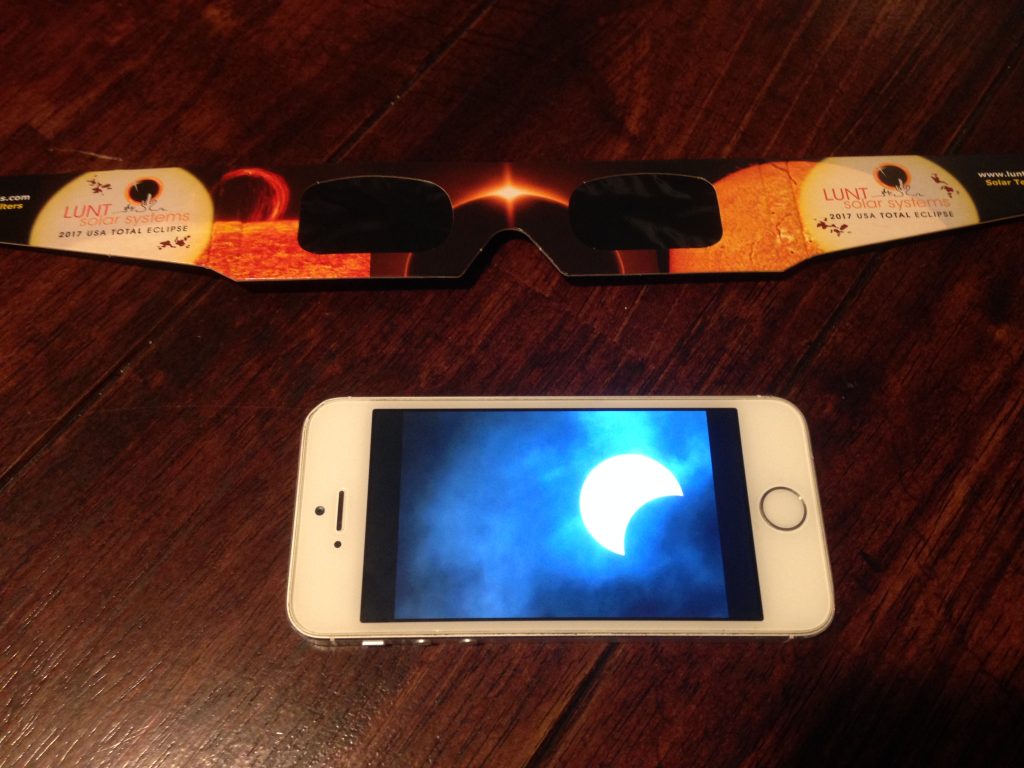The celestial dance of a solar eclipse is a spectacle that captivates millions around the globe. However, amidst the awe-inspiring beauty lies a potential danger: the sun’s intense rays can pose risks not only to our eyes but also to our smartphones. In this article, we delve into the nuances of safely capturing the marvel of a solar eclipse using your smartphone, exploring both the precautions necessary and the innovative methods available to witness this celestial event.
Understanding the Risks
Before delving into the methods of safely capturing a solar eclipse with your smartphone, it’s crucial to comprehend the risks involved. Just as staring directly at the sun can cause permanent damage to our eyes, exposing our smartphone cameras to the unfiltered solar rays can similarly lead to irreversible harm. The sensitive sensors within our devices are susceptible to damage when pointed directly at the sun, potentially rendering our phones unusable.
NASA emphasizes the necessity of employing proper filters to shield our smartphone cameras from the sun’s intense radiation. An ISO-certified filter, such as ISO 12312-2, is recommended to mitigate the risks associated with capturing solar phenomena. Additionally, holding eclipse glasses in front of the phone’s lenses serves as an effective precautionary measure, particularly during partial phases of the eclipse.
Safe Methods for Smartphone Eclipse Photography
While the direct observation of a solar eclipse through a smartphone camera is discouraged without adequate protection, several safe alternatives allow enthusiasts to document and experience this celestial phenomenon.
- Livestreams: Numerous organizations, observatories, and news outlets offer livestreams of solar eclipses, providing viewers with real-time footage of the event. By tuning into these online streams via your smartphone, you can witness the eclipse safely from the comfort of your home.
- Pinhole Projection: One of the simplest yet effective methods for observing a solar eclipse involves creating a pinhole projector using your smartphone and a piece of cardboard or paper. By puncturing a small hole in the center of the cardboard and positioning it between the sun and a flat surface, such as the ground or another piece of paper, the sunlight passing through the pinhole projects an image of the partially eclipsed sun onto the surface. This indirect observation method ensures both safety and spectacle.
- Solar Eclipse Apps: The proliferation of mobile applications dedicated to solar eclipses offers enthusiasts a wealth of information and interactive experiences. These apps provide users with comprehensive details regarding the timing, location, and trajectory of the eclipse, empowering them to plan their observation safely. Moreover, many apps feature simulations and augmented reality functionalities, allowing users to virtually experience the eclipse without exposing their smartphones to harm.
The allure of a solar eclipse beckons us to gaze skyward and marvel at the cosmic spectacle unfolding before our eyes. However, it is imperative to prioritize safety when capturing this phenomenon with our smartphones. By adhering to the guidance provided by NASA and employing precautionary measures such as ISO-certified filters and eclipse glasses, enthusiasts can document the eclipse without risking damage to their devices or their eyesight.
From livestreams to pinhole projectors and innovative mobile apps, a myriad of safe methods exist for experiencing and capturing the wonders of a solar eclipse. As we eagerly anticipate the next celestial alignment, let us embrace these technological advancements and revel in the beauty of the universe while safeguarding both ourselves and our smartphones from harm.
